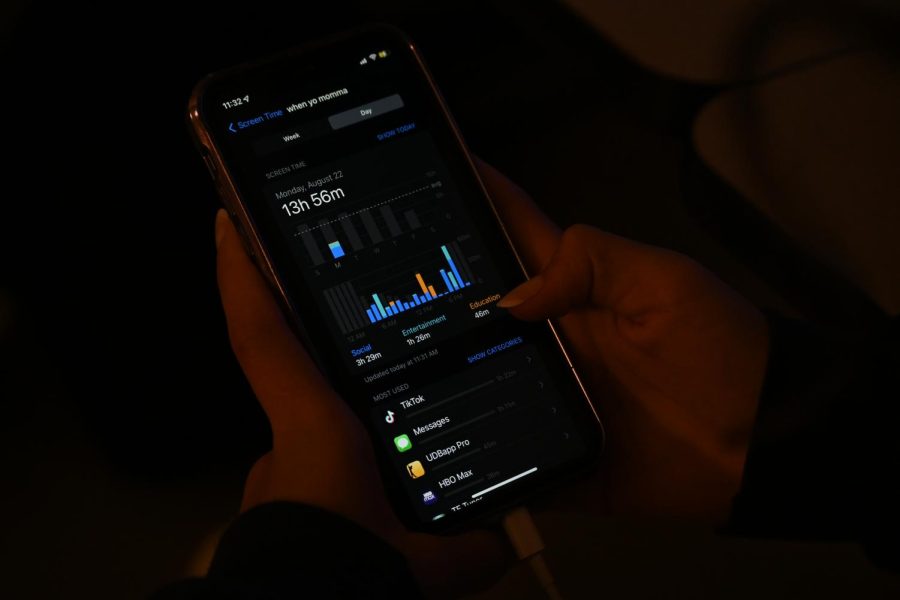Commentary: Why social media is essential to today’s teens and how it’s becoming a problem
August 26, 2022
Related: Breaking the social media cycle
One of the most addicting aspects of cell phones is the usage of social media. With the introduction of apps like Snapchat, Instagram, and TikTok into daily life, teens are now reliant on connectivity.
Seeing as it’s the main form of communication for most, it becomes quite hard to deter individuals from constant involvement on social media. With that being said, easy access to communication through instant messaging and posts allows for easy self-promotion and connections to be made. Meaning, that instead of information being spread by word of mouth, a simple hashtag can share a message to thousands instantly. This reliance on social media has proven that it is vital to today’s generation.
However, the ability to connect with millions of people online creates a multitude of long-lasting issues. Growing up surrounded by technology has made today’s generation codependent on certain platforms. In this respect, cell phones are one of the main forms of distraction in both personal and public settings. One issue that’s become prominent is how individuals are unaware of their surroundings.
Even big companies like Apple recognize the issue at hand and have implemented features to help lessen that usage. The Focus setting allows for the user to set a timeframe in which only certain notifications are allowed to come through. Another option that helps control and manage screen consumption is the Screen Time feature. With this, reports are available that show how much time was spent on a device. In doing so, it shows which apps are being used the most and allows for time limits to be set to cut down on that particular usage.
To go along with this, certain apps like Facetune make it possible to edit the way one looks in pictures creating thoughts of body dysmorphia (not only for the creator but viewers as well). Coupled with that, many only post the positive parts of their life, which lead others to develop a false sense of reality. It’s easy to look at what someone else has and start comparing, but hard to keep in mind that what’s portrayed is not everyday life; it’s only the good parts. A lot of influencers only upload the glamorous parts of their life, leaving people to question why their lives don’t look like that. What needs to be understood is nothing really is as it seems. Seemingly crystal clear, smooth skin is really the simple stroke of a smoothing tool.
Even so, the pros out-weigh the cons when the user is aware and creates safeguards to combat such issues. These platforms allow for connectivity and the creation of jobs, all while being vital to the economy. It’s not an understatement to say that social media has taken over the world, but it comes down to how it’s used which determines whether it’s a problem or a solution.





